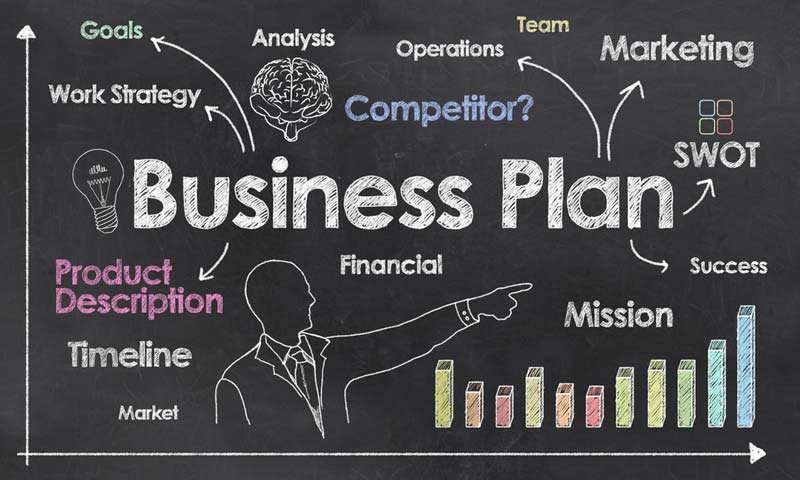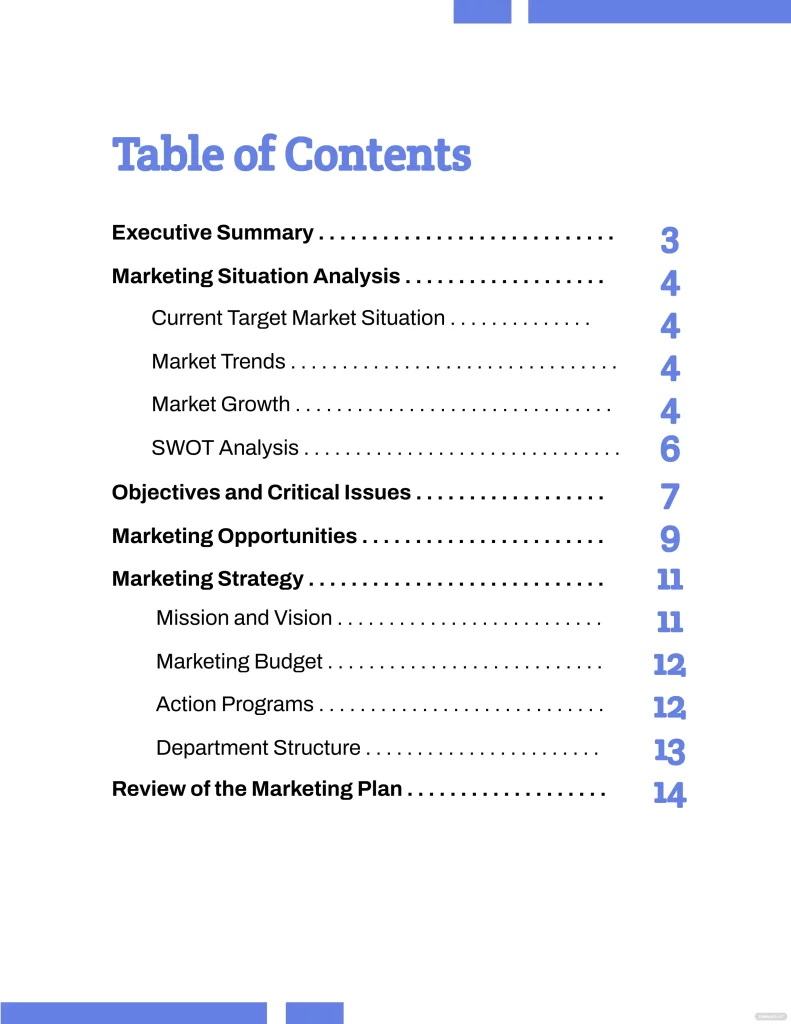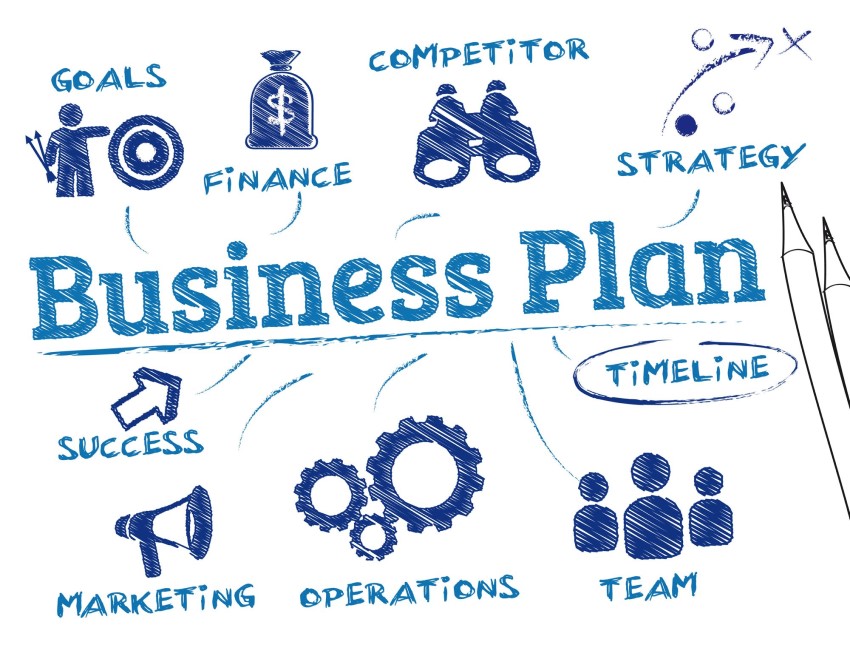Surely anyone who does business will know that a business plan plays a very important role in every business. It is the guideline to bring the company to its destination, and achieve the set goals quickly and effectively. However, building a business plan is not an easy thing. Every business should have a business plan. It contributes to bringing the company to its destination, achieving the set goals quickly and effectively.
However, building a business plan is not an easy thing. Enterprises must really understand the business purpose, resources and competitors, and customers and spend a lot of time survey, researching and analyzing. Today, businesskd website will provide you with essential information such as a business plan template, business plan table of contents, business principles as well as how to build a business plan effectively.
How important is a business plan?
A business plan is a very important and strategic tool for entrepreneurs. A good business plan not only helps entrepreneurs focus on the specific steps needed to execute a successful business idea but also helps them achieve their short-term and long-term goals. Besides, a business plan is also essential to deal with the uncertainties and changes in the external and internal environment of a business. In a competitive operating environment, investors no longer view business as a gamble and a reliable Business Plan can help them achieve success. Without a plan, the units in the system will operate freely, duplicate, and cause unnecessary confusion and cost.

Business plan template
To write a business plan template for a company, a Business Plan Template is needed first. Typically, this template will have key sections including:
- Executive Summary
- Company Description
- Products and Services
- Marketing Plan
- Operational Plan
- Management and Organization
- Start-up Costs and Capitalization
- Financial Plan
- Appendices
The Appendices include documents that supplement the information in the body of the plan. This could be contracts, leases, purchase orders, intellectual property, resumes of key managers, market research data, or anything that supports assumptions or statements made in the plan. The final section of the form, “Tweak your plan,” explains ways you might need to modify your plan for specific purposes, such as a bank loan, or for specific industries, such as retail or manufacturing.
Business Analyst
SWOT analysis
SWOT stands for Strengths, Weaknesses, Opportunities and Threats. The most crucial method in business analysis is this one. SWOT analysis techniques are also often applied when making marketing plans. This analysis technique can be conducted by one person or a group of people in the company with different thinking and views to assess the factors affecting the internal and external environment of the company to have a suitable response.
MOST Analysis
MOST stands for Mission, Objective, Strategy, and Tactics. The MOST analysis is also a powerful technique for business analysis. This analysis helps to better understand the capabilities and vision of the organization and provides answers and ways to achieve the mission and goals.
PESTLE Analysis
Political, Economical, Social, Technological, Legal, and Environmental is referred to as PESTLE. This makes it a particularly potent business analysis technique or tool because these characteristics might present either an opportunity or a threat to any corporation.
System Analysis
Systems analysis is a systematic problem-solving method for gathering and interpreting data, finding system weaknesses, identifying business problems, or breaking down a system into parts. It is an approach to minimize the error of various problems.
Business model analysis
Business model analysis helps to understand the company’s business and clarify policies, techniques, and approaches to the market. The business model analysis also analyzes detailed information on important factors such as production, marketing and management costs.

Brainstorming
It is a useful technique for generating diverse ideas, finding solutions to complex problems, and properly analyzing business operations. Brainstorming by just one person can be considered independent brainstorming, but in large organizations, brainstorming is often practiced in groups.
Mind mapping
Mind mapping is a very useful and effective business analysis technique that helps us to clearly and intuitively understand different problems, ideas, thoughts… The structure of mind maps is very similar to the structure of neurons in the brain (one of the reasons why it’s called a mind map). Starting from an initial idea, it continues to expand with the addition of new ideas and options.
Process design
Process design is essential to solving problems and exploiting opportunities to monitor and measure business performance to ensure consistent delivery of value to consumers. This is an important part of business analysis in which the analyst identifies the organization’s process designs and their useful attributes.
Business plan table of contents
The business plan table of contents is seen as the outline of a business plan. It assists the reader in navigating through the document and is placed at the top of the business plan. This makes it easy for readers to find and browse through topics that interest them regardless of whether it’s a paper document or an electronic document. In other words, a table of contents acts as a summary of the entire document. In addition, a table of contents further allows the reader to gauge the scope of your business. To accurately reflect the nature of your business plan, a table of contents must be carefully drafted.

Basic Business Principles
- Know the industry and competitors
Industry knowledge is an important aspect and can influence your operating standards and business strategy. Do market research or collaborate with industry experts to enhance your understanding of what consumers expect and care about. - Building a team of quality employees
This basic business principle can benefit many work environments, no matter your industry. Having enthusiastic and well-trained team members can help ensure that your business strategies and operations succeed. Competent employees can bring innovative ideas or industry-relevant knowledge to your company and continuously improve the quality and delivery of your products. - Create high-quality products
Creating a high-quality product can set your company apart from your competitors and drive customer loyalty to your brand. Focus on product quality to improve customer satisfaction. - Determine the target
You should define your business goal and turn it into a valuable fundamental. Creating goals can help you track your success and progress, consulting with other team members to put together a manageable list of effective tasks. - Promote a product or service
Another basic business principle is to promote your product or service. Skilled sales and advertising techniques can improve your sales and profits and contribute to your company’s success. Consider a sales and marketing plan for an effective and sustainable approach. - Understand the principles of finance and accounting
In addition to company structure, understanding key information related to finance and accounting can be a fundamental business principle. This can ensure that your organization is continuously compliant with the laws and regulations in your industry. - Understanding organizational structure
There are many aspects of structure in a business, including managing projects, allocating tasks, and staffing or staffing a department. Mastering effective business structures can help you ensure that your company remains as efficient and productive as possible. - Use capital strategically
Your business needs to start with a good financial base, but equally important will be positive cash flow as you grow and develop. Using your revenue strategy can be an integral aspect of your business’s success. Ensuring that you have enough money to pay all your employees and allocate enough for additional expenses that may arise may allow you to continue to operate and grow your company. - Prioritize customers
Provide your customers with the best products and services you can offer and always treat them with respect and understanding. If they are not satisfied with your product or service, do your best to quickly resolve the issue with patience and consideration.
How to build a business plan?
Step 1: Draft an executive summary
This is the first page of your business plan. It should include a mission statement, a brief description of the products or services offered, and an extensive summary of your financial growth plans. While the executive summary is the first thing your investors will read, you should write it last.
Step 2: Describe your company
This section of your business plan should answer two basic questions: who are you and what do you plan to do? Answering these questions with a company description will introduce why you are in business, why you are different, what you are doing, and why you are a good investment. Your company description should also identify your business structure such as a sole proprietorship, partnership, or corporation- and include the percentage of ownership each owner has and the level of involvement of each owner in the company.
Step 3: Define business goals
This section outlines exactly what you want to achieve, both in the short and long term. You can use this part to describe why you have a demonstrable need for money, how the finance will help your business grow, and how you intend to meet your growth objectives if you’re looking for a business loan or outside investment. It is crucial to clearly describe the opportunity being offered and how the loan or investment would help your business expand.
Step 4: Describe your products and services
In this section, go into detail about the products or services you offer or plan to provide. In this description, you should include an explanation of how your product or service works, your pricing, your customer base, and your sales and distribution strategy. If you sell multiple items, you can include more general information in each of your product lines; If you only sell a few, provide more information about each.
Step 5: Conduct market research
Investors and lenders will be curious about what makes your product different from the competition. Describe your competition in your market analysis. Talk about what they do well and what you can improve upon. Choose the right market for your product- a market where many customers understand and need your product.

Step 6: Define a marketing plan
Your marketing plan should outline your current decisions and future strategies, focusing on how your idea aligns with that ideal customer. Most marketing plans include information on four main topics: Price-Product-Promotion-Location. The level of detail you present on each category will depend on both the business and the audience of your plan.
Step 7: Financial analysis
No matter how great your idea and no matter how much effort, time, and money you invest, a business lives or dies based on its financial health. The level of detail needed in your financial plan will depend on your audience and goals, but generally, you’ll want to include three main views of your finances: income statement, balance sheet, and income statement. accounting and cash flow statements.
Step 8: Make a financial estimate
This is an important part of your business plan if you are looking for financing or investors. It outlines how your business will generate enough profit to pay off the loan or how you will earn a decent return for investors. Here, you’ll provide an estimate of your business’s monthly or quarterly revenue, expenses, and profit over a period of at least three years.
Step 9: Additional information in the appendix
List any supporting information or additional documents that you cannot fill out elsewhere, such as licenses, equipment leases, bank statements, contracts, and personal credit history and businesses.
Conclusion
Even if you have never had the plan to persuade investors, a business plan can help you clearly outline and explore the next steps for your company. It can also help you identify any gaps in your plan before they become an issue. You now have thorough and knowledgeable guidance whether you’ve prepared a business plan for a new internet business idea, a retail shop, grown a current firm, or bought an existing business. Important details to get you going on the next phase of your own business.
Read more:


